Week 1 (September 23rd – September 27)
This class is an introductory guide to Unreal Engine 5, emphasizing its applications, especially in visual effects (VFX) and virtual production. Here’s a brief summary: Introduction to Unreal Engine 5 (UE5), Benefits of Unreal Engine for VFX, Applications, Pipeline Changes in Virtual Production, Course Overview.
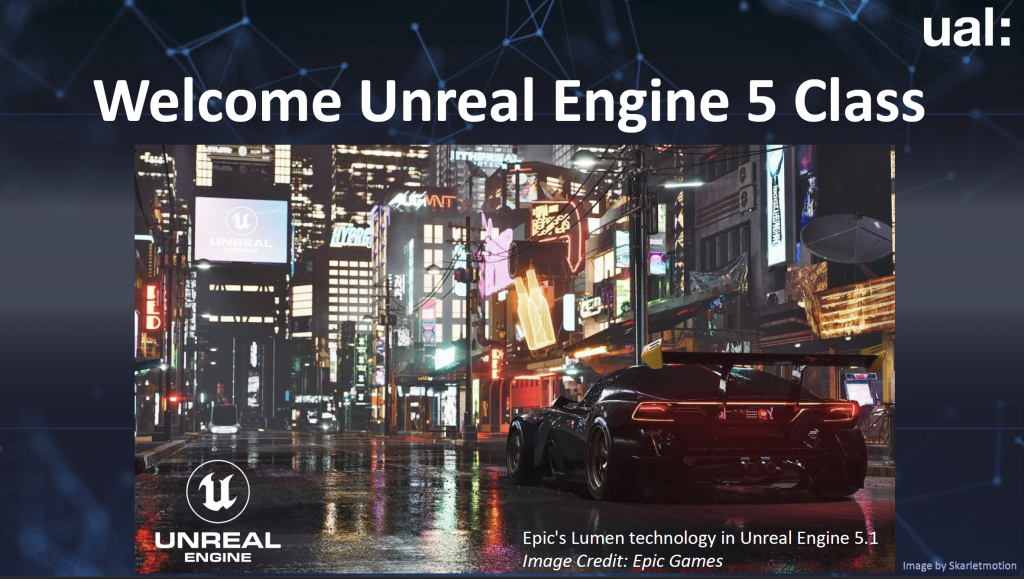
Week 2 (September 30th – October 4th)
During the class, while using the Unreal Engine, I first created projects through the Epic Games launcher, familiarized myself with the Editor’s interface and navigation, and customized Editor Preferences and project Settings as needed to optimize the workflow. Follow terminology and naming conventions when managing files and directories to ensure a clear project structure and ease of collaboration. Use modeling techniques within the engine and Ready Assets in the library to accelerate development, while complying with intellectual property regulations to ensure the legal and compliant use of resources.
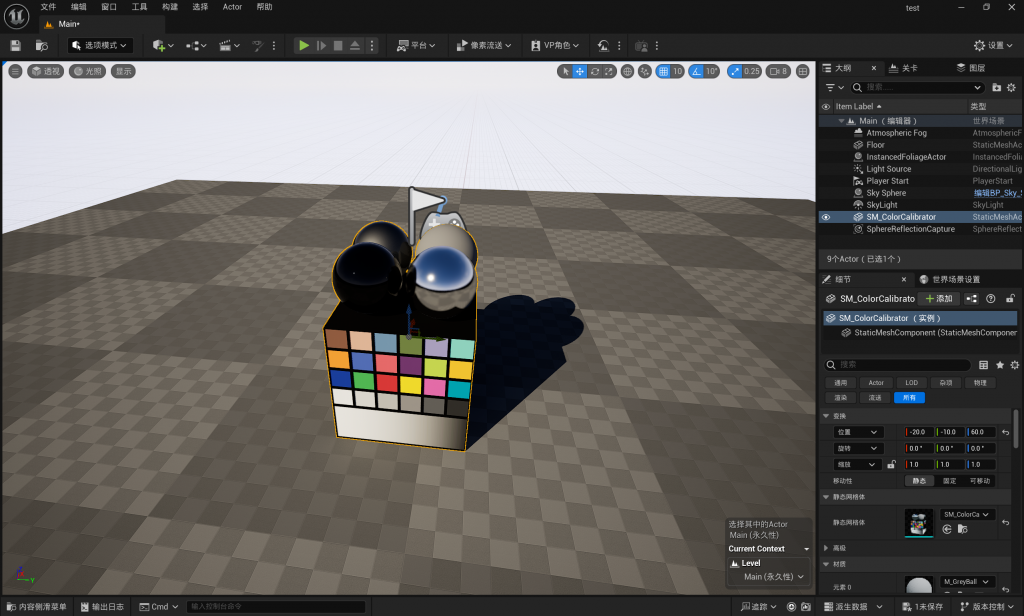
Week 3 (October 7th – October 11th)
This course focuses on the main workflow of creating and importing resources in Unreal Engine, including using modeling tools and grid optimization techniques, and hands-on practice with Quixel Bridge (fab) resource import, raw shape level structure, and modeling tool exploration.
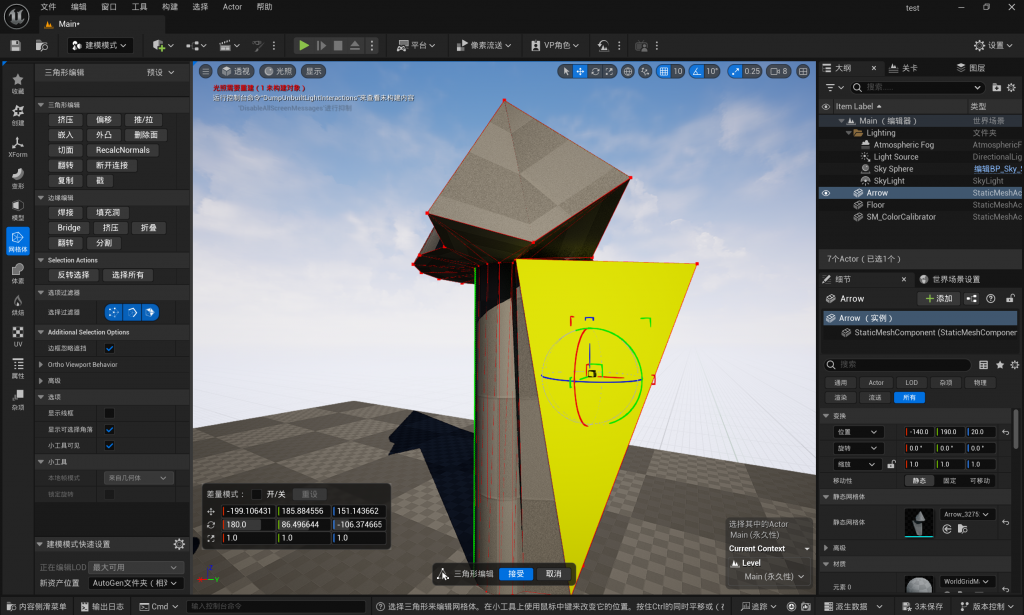
Week 4 (October 14th – October 18th)
This course focuses on the concept and workflow of PBR materials in Unreal, provides an in-depth introduction to the material editor interface, expressions, and properties, learns to create master materials and instance materials, and practices optimizing textures and making materials with different effects, such as metal, glow, and glass.
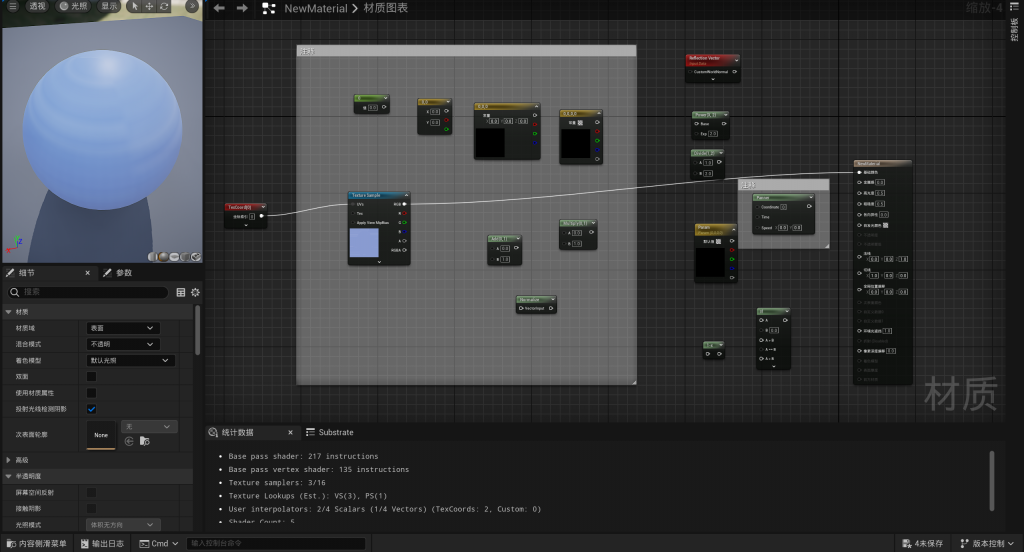
Week 5 (21 October- 25 October)
This lecture mainly introduces the basic concept of terrain in Unreal Engine, interface and workflow, focuses on the production of terrain materials, and explores a variety of methods and material applications to create terrain through practice.
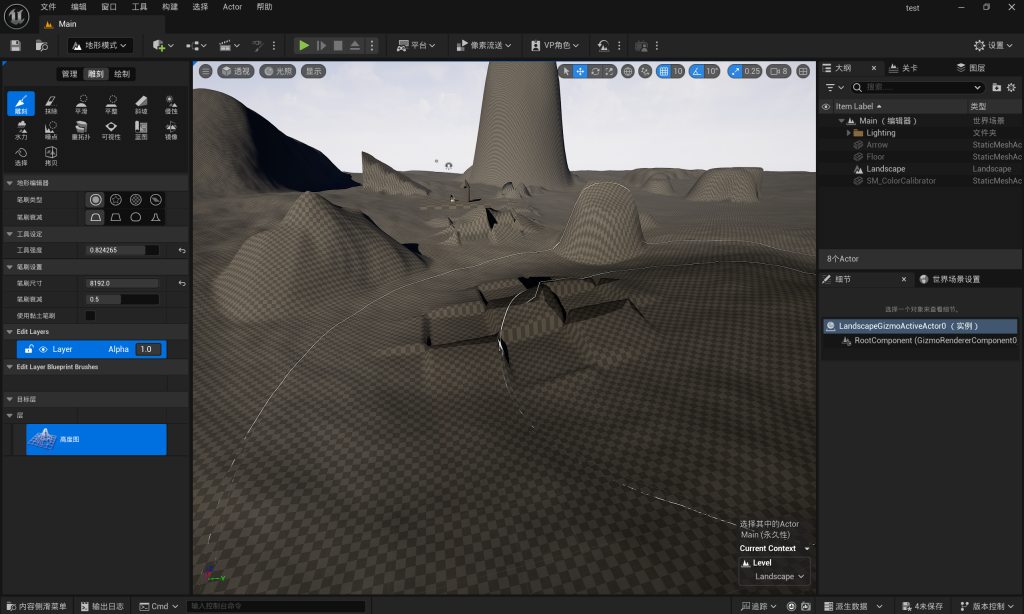
Week 6 (28 October – 01 November)
This lecture covers terrain materials and hybrid types, seamless texture processing, terrain rendering, water system architecture and creation and editing of water materials, as well as vegetation system interfaces, filling assets and performance checks. The hands-on part includes applying seamless terrain materials, experimenting with multiple bodies of water, creating floating boats, and exploring different vegetation types.


Week 7 (04 November -08 November)
This lecture introduces the lighting and global lighting system in UE5, including light types, ambient light, shadow processing, lighting plug-ins, HDR projection, post-processing volume, and Lumen Settings, as well as in-depth explanation of Lumen and Lightmass global lighting and reflection applications. The practical part was to experiment with lighting, atmosphere and Lumen global lighting effects in the cabin scene.

Week 10 (25 November – 29 November)
The lecture and workshop focus on understanding Unreal Engine’s cinematic tools, covering camera principles, depth of field, exposure, workflows, and using the Sequencer and Movie Render Queue to create and output cinematic shots.

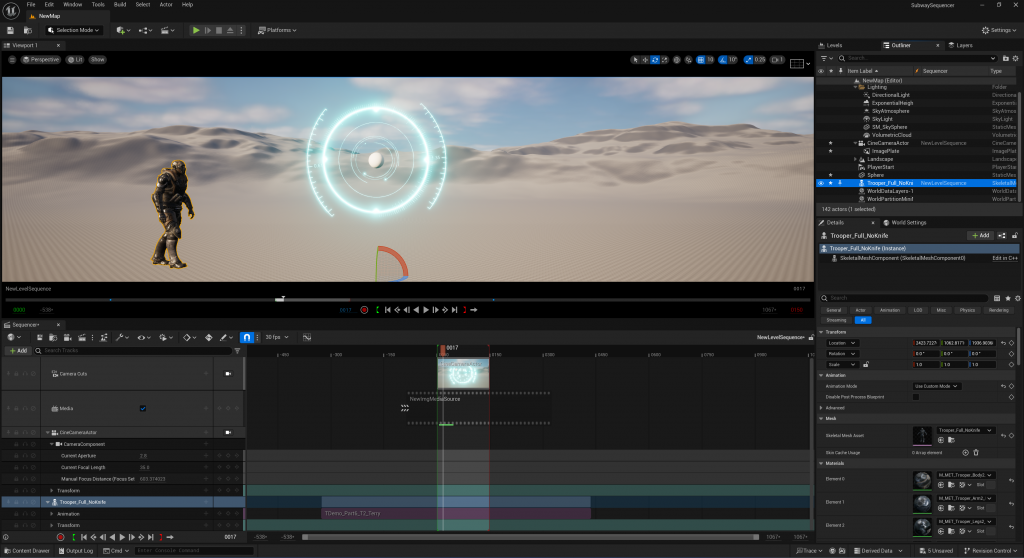
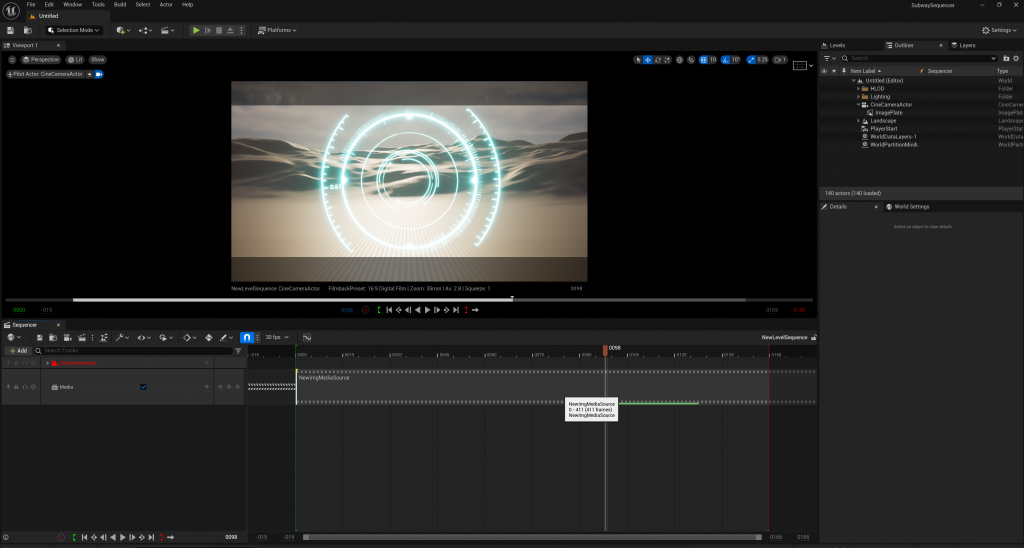
Week 11 (02 December – 06 December)
This lesson mainly describes the way to set up color space in ue. ACEScg is the color space used in the current mainstream workflow in the industry. This color space has the widest range and is a future-oriented color space. Through the exercises in class, I have mastered how to maintain the same color flow in different software, which will be of great help in the future.

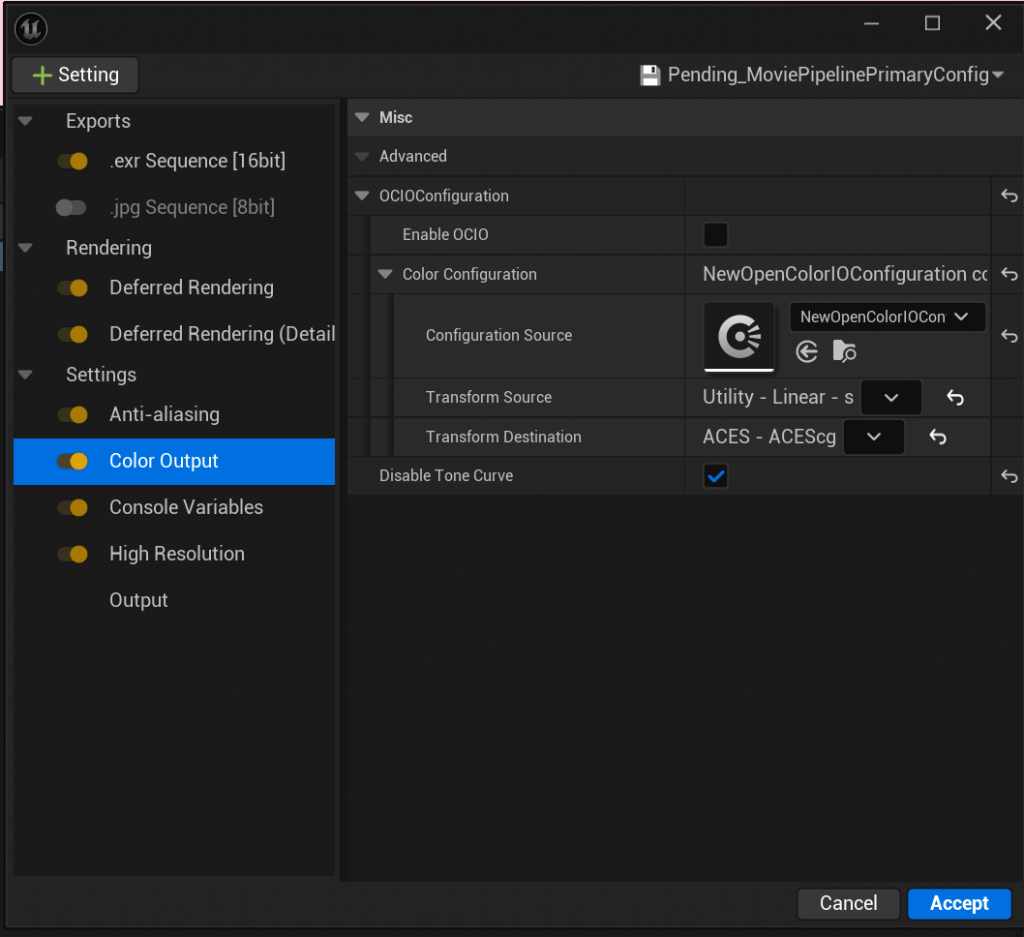
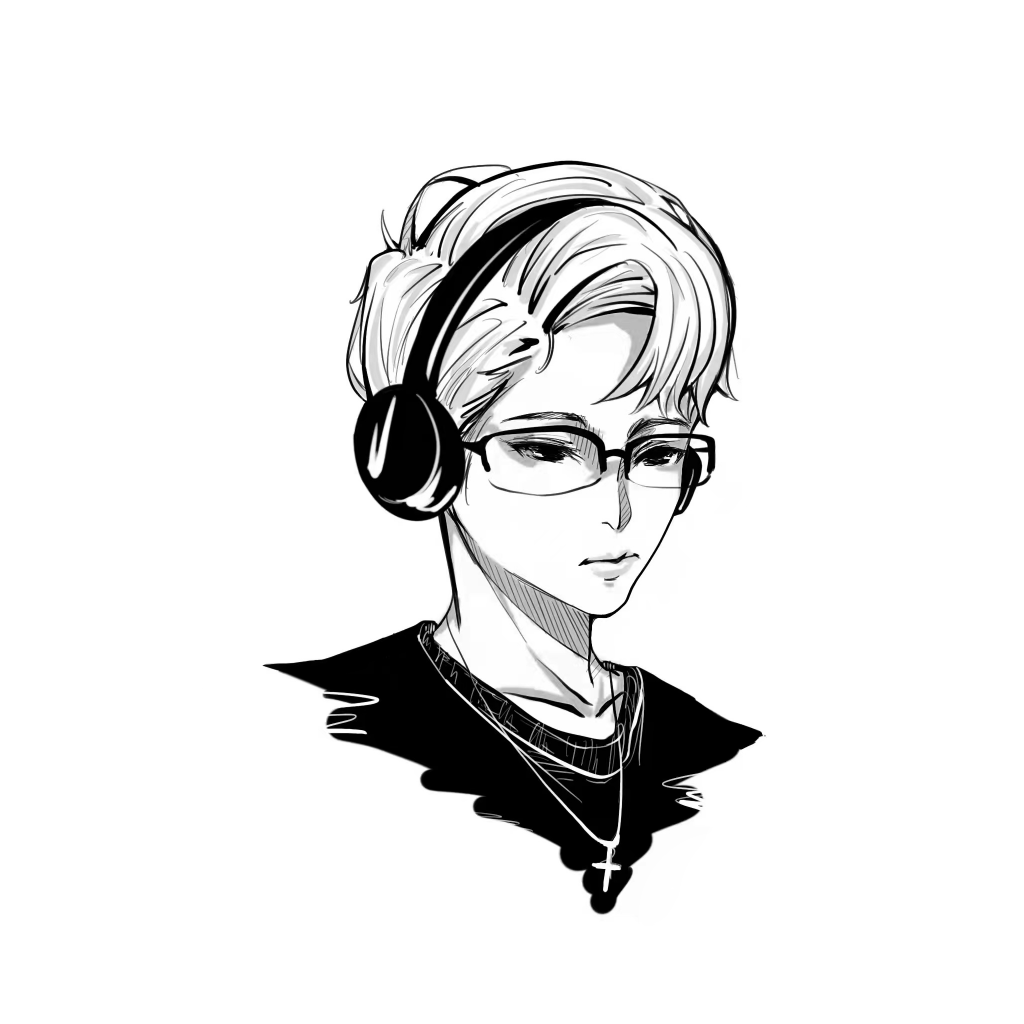
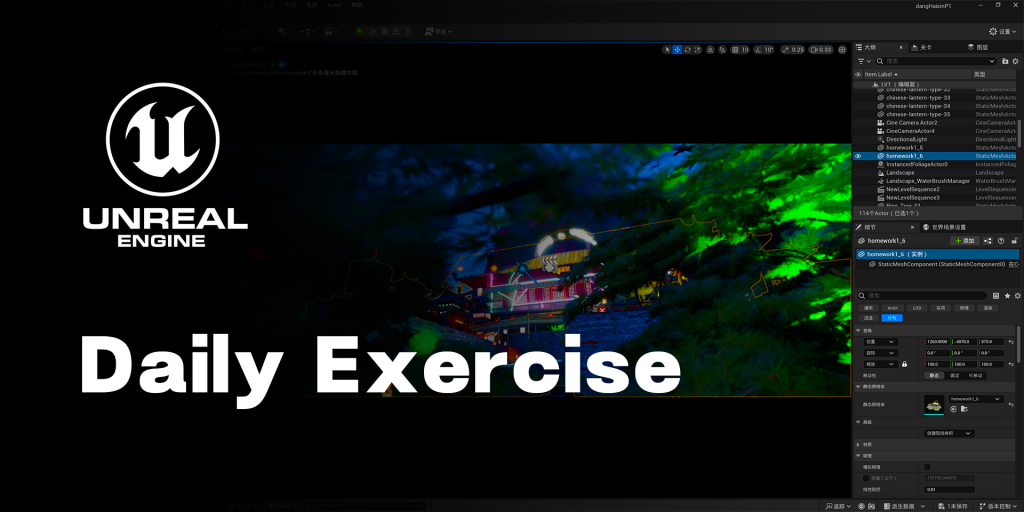
Leave a Reply